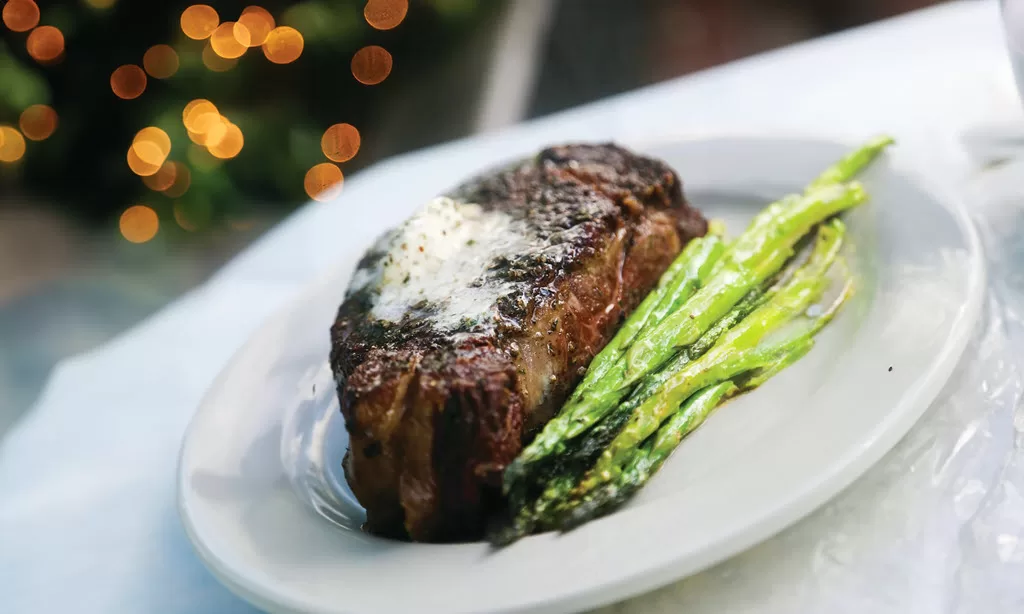The cut of the steak, the aging process, and the cooking technique all play pivotal roles in creating the perfect steak. Each of these culinary elements sets the stage for an exceptional dining experience.
Consider the cut, like ribeye or filet mignon. This ensures the ideal balance of tenderness and flavor. The aging process, whether dry aging or wet aging, enhances the steak’s richness and depth of flavor.
Finally, the cooking technique employed plays a crucial role in determining the texture and doneness level of the steak. It could be grilling, searing, or sous vide. This allows for a personalized dining experience. You can tailor it to your individual preferences.
When you apply these techniques, you elevate a steak beyond a simple meal. It becomes a culinary masterpiece.
Selecting the Prime Cut
The perfect steak begins with the selection of the prime cut. Revered cuts like the Ribeye and Filet Mignon provide a canvas of beef at its most luxurious. The Ribeye’s marbling promises juiciness.
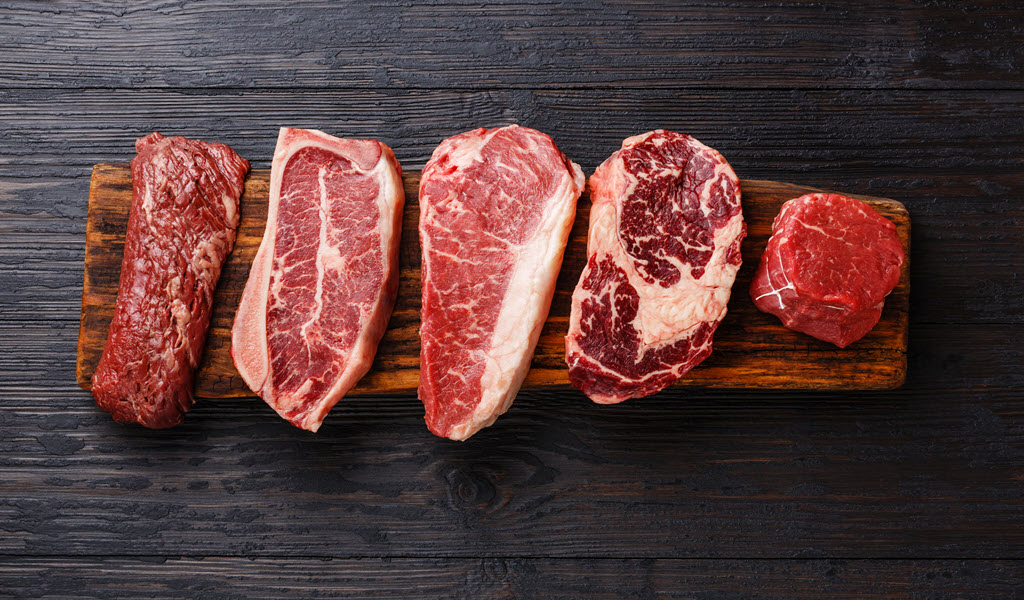
The marbled texture of a well-chosen cut is not only a visual cue. It is also a sign of the rich, indulgent experience that awaits. Choosing Prime is the right grade that sets the foundation on which our steak’s legacy is built on.
Factors Affecting Meat Quality
The breed of the cattle often dictates inherent qualities such as texture and flavor, offering a unique profile to each cut. Effective herd management practices further influence these characteristics, ensuring the beef’s optimal condition.
Feeding practices also play a pivotal role in meat quality, impacting marbling—a key indicator of flavor and juiciness. Access to quality forage and grains enhances the overall quality of the beef.
Marbling is intramuscular fat that melts during cooking. It infuses the steak with exceptional flavor.
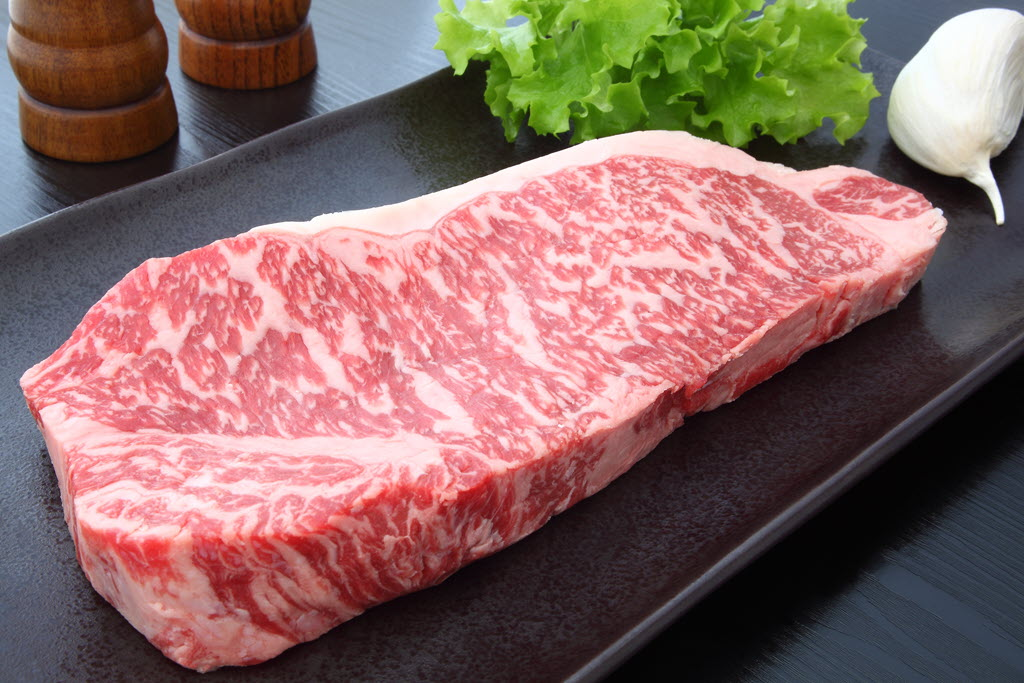
Considerations such as handling stress and slaughter techniques greatly affect meat tenderness and shelf life. After slaughter, we manage factors like aging, temperature control, and humidity. We do this to cultivate peak meat quality.
Top Steak Cuts for Searing
The searing process requires a steak cut that is rich in marbling and thickness.
-
Ribeye: Exceptional marbling for a flavorful crust.
-
New York Strip: Balanced texture, ideal for a hearty sear.
-
Filet Mignon: Tender and thick, perfect for a crusty exterior and succulent center.
-
T-Bone: Marries two textures – tenderloin and strip, both excellent for searing.
-
Porterhouse: Larger than a T-Bone, with generous portions of strip and tenderloin.
-
Sirloin: A leaner option that still provides a robust sear.
Uniform thickness and marbling ensure a steak that’s juicy after searing.
The Art of Aging Steak
Aging steak is like refining its flavors and textures, enhancing the beef’s taste and tenderness. Dry aging and wet aging are the predominant methods.
Dry aging is an artisanal process where steaks age in a climate-controlled environment. The duration of aging is pivotal in optimizing the steak’s flavor and tenderness. Typically, steaks benefit from a dry-aging period ranging from 21 to 28 days. During this time frame, naturally occurring enzymes soften the muscle tissues. Evaporation condenses the flavors.
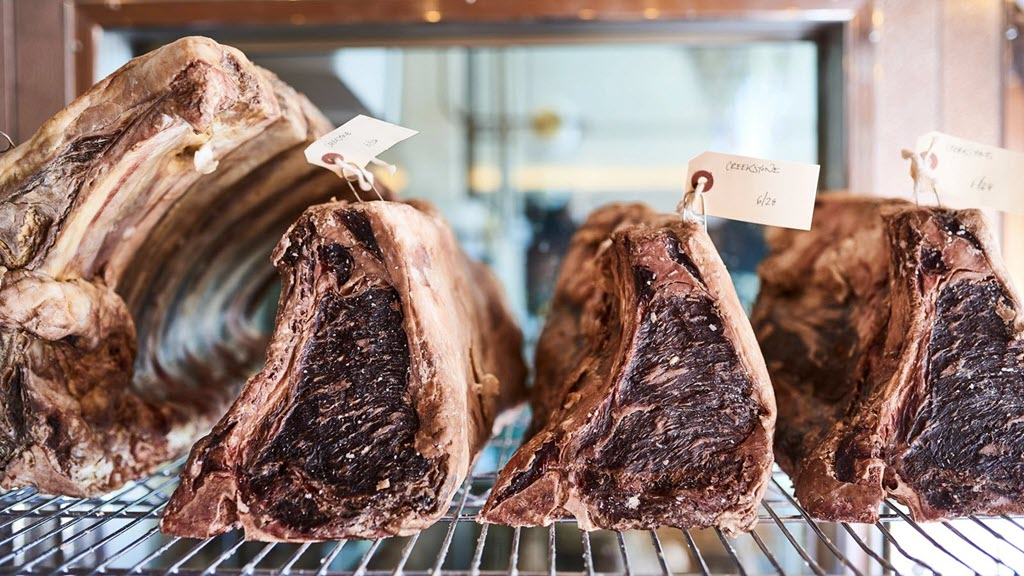
This fosters a concentration of taste and a distinct nutty or cheesy flavor profile over weeks. For those who prefer an even deeper, nuttier, and more intense taste profile, steaks can be aged upwards of 30 to 60 days. However, diminishing returns are observed beyond this point.
In contrast, wet aging preserves the steak’s natural juices. It is sealed in vacuum-packed bags. This results in a more subtle enhancement of texture and taste. While dry aging can impart a remarkable depth of flavor, it also leads to moisture loss, which concentrates the meat’s natural flavors. The aging process varies in duration, typically from several days to months. During aging, enzymes in the meat break down muscle tissue, making it tender and melt-in-your-mouth.
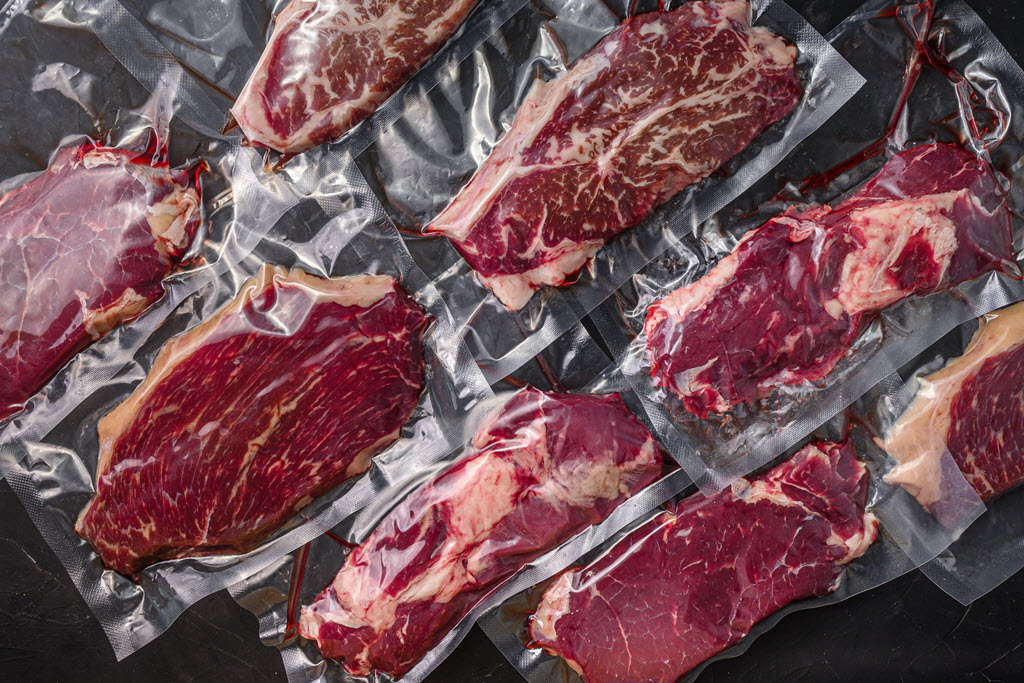
Ultimately, the choice between dry and wet aging depends on personal preference. It also depends on the desired culinary outcome. Dry-aged steaks are renowned for their richer flavor and tenderness. Wet-aged steaks maintain more of their original weight and offer a more pronounced hit of moisture upon tasting.
Having tight control over the aging environment is crucial to avoid spoilage. Ideal conditions are constant humidity and temperature. They harness these enzymes’ activity without letting harmful bacteria grow. Lastly, it’s imperative to employ a vigilant approach to monitor the aging process. Subtle changes in humidity or temperature can vastly affect the outcome.
Mastering the Cooking Technique
Becoming skilled at this craft depends not just on intense heat but also on using milder temperatures with precision. This achieves the desired doneness without compromising the meat’s integrity.
Cooking the perfect steak is as much about technique as it is about patience. A pan should be preheated, typically cast iron. This is crucial for the initial caramelized sear. As a result, cooking the steak to its final state of perfection often involves lower heat. This allows the inside to reach a balanced state with the crust’s flavorful, golden outer layer.
Searing for Optimal Flavor
Searing at high heat is essential to develop a deeply caramelized crust, creating a savory taste. Proper heat generates the Maillard reaction, pivotal for flavor. Ensure your pan is scorching before adding the steak. This ensures a quick sear, locking in flavors.
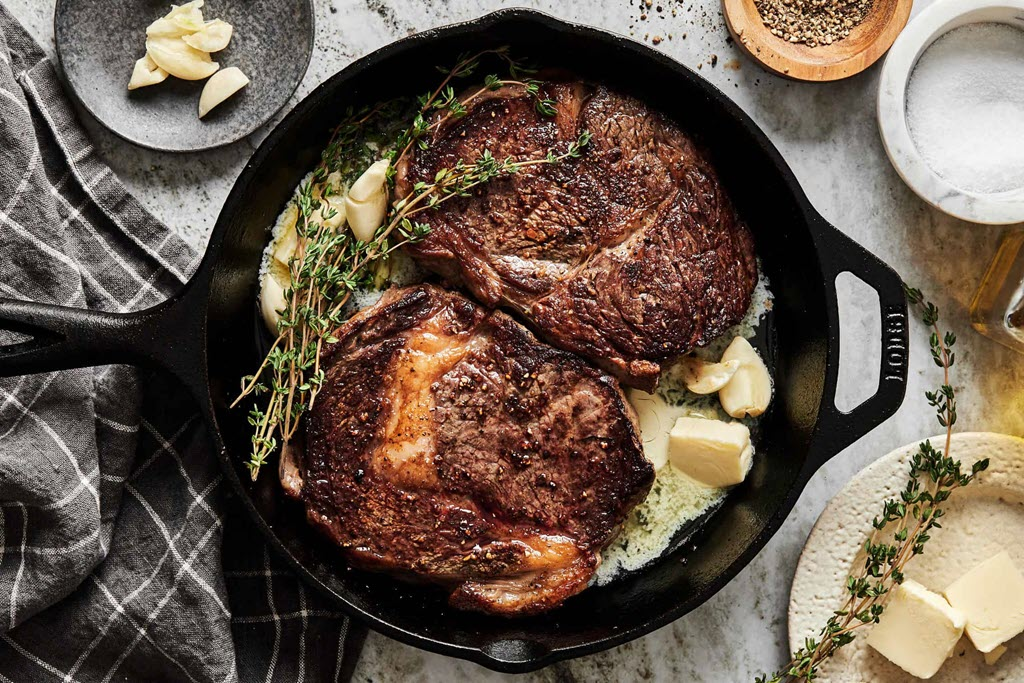
After searing, it’s crucial to let the steak rest before slicing. This allows the juices to redistribute throughout the meat. It ensures each bite is flavorful. It also preserves the sear’s integrity. When done correctly, the process results in an unmistakable aroma and a mouthwatering “crust.” This “crust” is essential for a gourmet steak experience.
Temperature and Time Guidelines
Determining the perfect temperature is essential.
The ideal internal temperature depends on the desired doneness. This ranges from rare, with a temperature of 120-130°F (49-54°C), to well-done, which reaches 160-170°F (71-77°C).
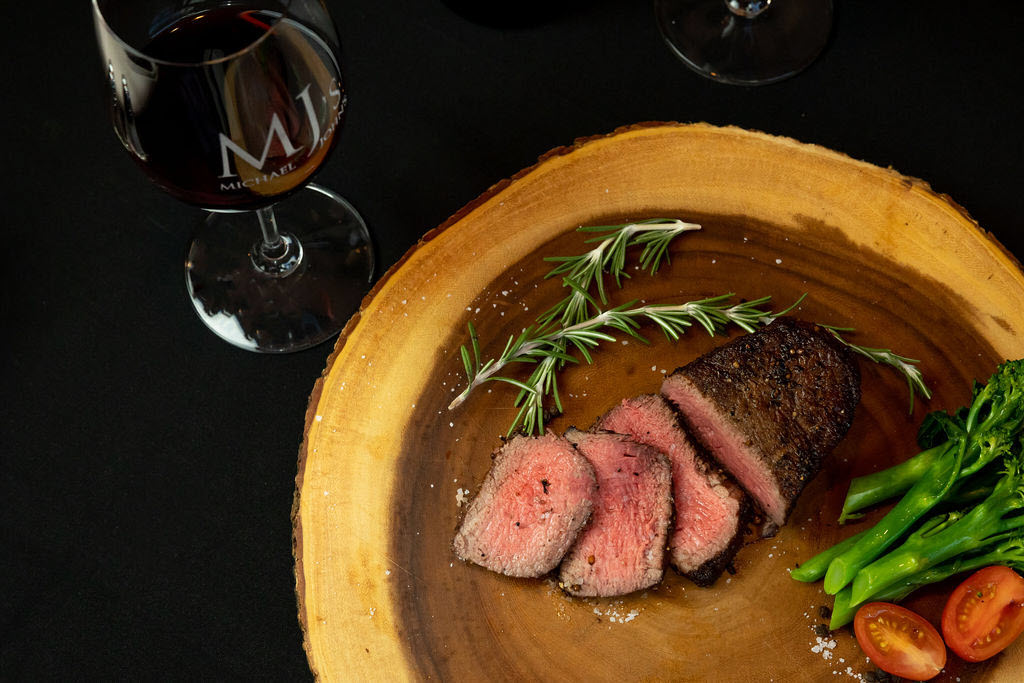
Each doneness level has a specific temperature target.
Cook at high heat, but not without consideration. Here’s a rule of thumb: briefly sear the steak over high heat. Then, reduce to a moderate temperature. This allows the inside to cook to your preferred level of doneness without burning the outside.
Final temperatures are higher after resting the steak.
After removing the steak from the heat, a critical stage ensues – resting. Temperatures will rise by about 5°F (2-3°C) after removing the steak from the heat. This suggests that you should take the steak out a little before it reaches your desired doneness level. This foresight ensures that residual cooking does not breach the boundary of perfection.
Resting is as crucial as the cooking process itself.
After searing to perfection, resting your steak is pivotal for retaining moisture and enhancing flavor. Remove the steak from heat and place it on a warm plate or cutting board. Tent the steak loosely with aluminum foil to keep it warm without causing condensation.
Wait for approximately half the cooking time before slicing to let the juices redistribute. This lets the steak fibers relax and hold onto the juices. Skipping this step could result in a less succulent and flavorful experience. It would undermine the careful cooking efforts.
The Finishing Touches – MJ’s Style
Once the steak has reached its resting point, a finishing touch enhances the flavor, adding depth and richness. This often involves a high-quality butter, like European style, with a high-fat content. It’s gently melted and infused with herbs, such as thyme or rosemary, and perhaps a clove of garlic. The melting butter is spooned over the steak. It’s coated with layers of nutty, caramelized undertones. This enhances the steak’s natural flavor.
Compound butter, filled with herbs and seasonings, crowns the steak. It provides a luxurious, melting embrace. The butter, infused with herbaceous notes, cascades into the meat’s crevasses, mingling with its juices.
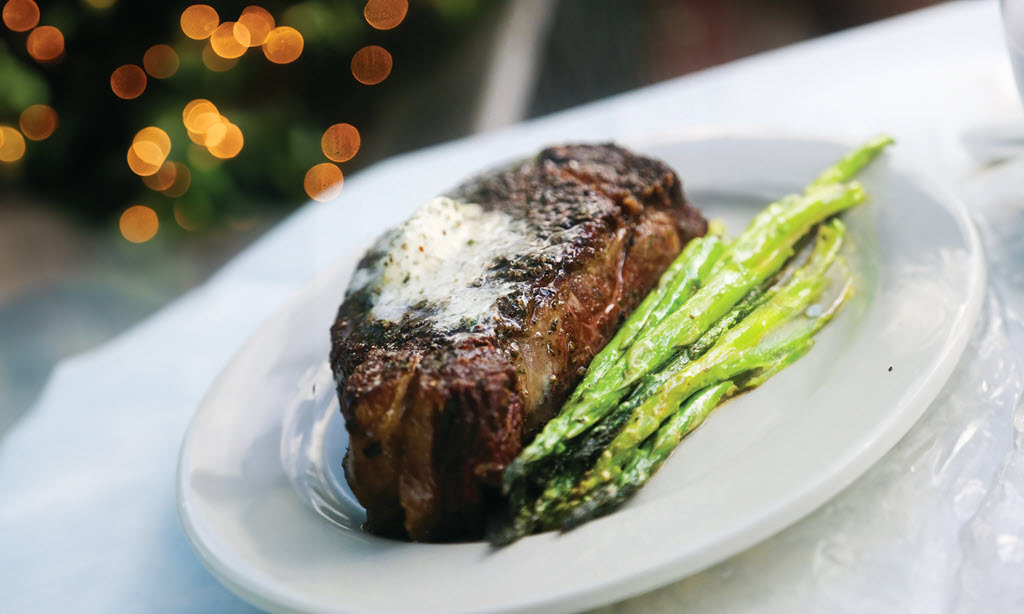
Elevate the sensory journey by basting the steak with its juices bolstered by the herb-infused butter. This harmonious dance of flavors ensures each mouthful resonates with the herbs’ aromatic whispers. Finish by spooning the buttery, herb-laden juices over the rested steak. This ensures every bite is a testament to culinary excellence.
For a final flourish, you might add a bit of salt. This provides textural contrast and a burst of saltiness to complement the meat’s richness. Remember, using high-quality ingredients and time to complete these final embellishments perfectly is crucial.

